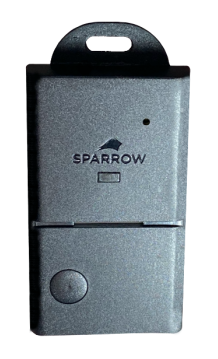
Why measure it?
Ammonia gas (NH3) is made up of nitrogen and hydrogen atoms. Ammonia is a toxic gas which can cause burning in the respiratory tract when inhaled. It also has a distinct odor which can become a nuisance for those nearby emission sources
Where does it come from?
Natural Sources
Ammonia is an important compound in many biological processes and is a key part of the nitrogen cycle. It occurs naturally at trace concentrations in the atmosphere mainly from the decomposition of organic matter but is also used in industrial processes. It is a basic compound and reacts with acidic gases (such as NO2 and SO2) in the atmosphere to form secondary aerosols (fine particles)
Agricultural Sources
Ammonia emissions are primarily from animal agriculture. In particular, livestock and poultry operations where it is a common by-product of animal waste. Fertilizer use also generates ambient NH3
Industrial Uses
Ammonia is used in the manufacture of several products including plastics, textiles and pesticides as well as in the fermentation industry and as an antimicrobial agent. It is emitted from vehicles fitted with 3-way catalytic convertors. It is used in industrial refrigeration systems which are usually fitted with NH3 leak detectors for health and safety. It is also found in many household and industrial strength cleaning products, although NH3 solution (NH3 dissolved in water) does not cause high enough NH3 concentrations to be harmful to health
More information on the Aeroqual Gas Detection Monitors can be found on the Gas Sensing website, using the links below.

